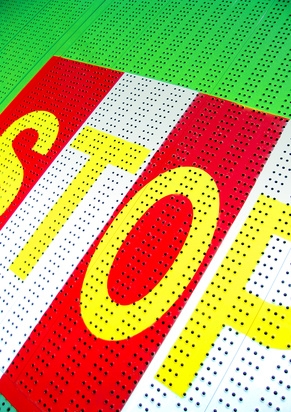
To make sure your Saturn's brake booster is defective, test it for vacuum leaks. Turn on the engine and let vacuum build up in the booster for a moment and then turn it off. After a minute, depress the brake pedal a few times. If you find that you're not getting at least two power-assisted brake applications (feels like a dead brake pedal), your Saturn's booster may be leaking and would need replacing. It is important to have a working booster for normal, everyday braking.
You need to first remove the master cylinder from the brake booster. If your Saturn has ABS, remove the hydraulic control unit out from the inner fender panel using your wrench to loosen the nuts and bolts.
Disconnect the vacuum hose that runs from the engine to the check valve on the brake booster. Remove the check valve.
In the car, along the brake pedal arm, find and remove the clip and retaining pin connected to the booster pushrod; you may need your screwdriver.
Within the engine compartment, open the interior ventilation filter access panel and remove the rubber plug at the bottom of the cowl. There, you should be able to reach the booster's top mounting bolt with your wrench. Remove both mounting bolts. If your socket wrench is too big to fit, use normal box wrenches.
Remove the booster from its bracket and away from the engine compartment; be careful not to damage other components in the compartment.
Follow Steps 3 through 5 above in reverse order when installing the new booster. Torque the mounting bolts with your torque wrench to 15 foot-lbs.
Fit the check valve onto the new booster and securely reconnect the vacuum hose. For ABS-equipped Saturns, re-install the hydraulic control unit and tighten its mounting nuts with your wrench.
Bleed the brakes. Take your Saturn for a short drive nearby to test the braking applications.